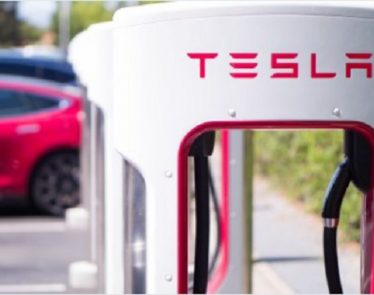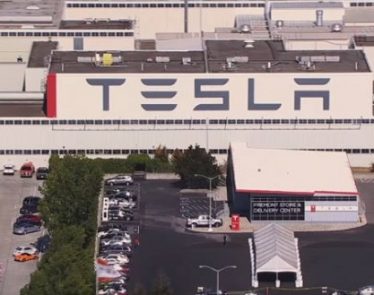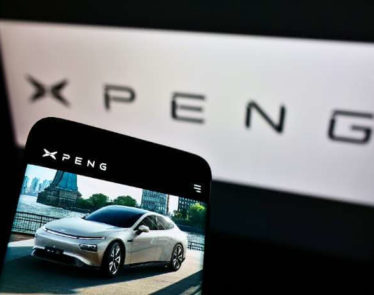
For those looking into purchasing a car, and have a little extra to spend, the idea of getting the most luxurious ride possible is at the top of mind. For many, getting an extended loan payment may be the answer to any cash flow issues.
This recent June saw auto-loan lengths that averaged a record 69.3 months. This new record high would mean a 6.8% increase above levels experienced just 5 years ago.
With an increase of $631 from the month of May, June marked the greatest increase in average auto-buyer financing this year. Of course, an increase in financing also comes with an increase in monthly payments, now average $7 more than May levels, currently sitting at $517.
As Jessica Caldwell, executive Director of Industry analysis at Edmunds explained, “Stretching out loan terms to secure a monthly payment they’re comfortable with is becoming buyers’ go to way to get the cars they want, equipped the way they want them.”
However, as those in the market may be aware, cars depreciate rapidly, meaning that borrowers can find themselves in a situation where their car value is far lower than that of their loan amount.
As Caldwell adds, ““It’s financially risky, leaving borrowers exposed to being upside down on their vehicles for a large chunk of their loans, but it’s also a sign that consumers are still confident enough in the economy to spend more on their vehicles and commit to paying for them longer.”
Additionally, although interest rates are rising, the rise is relatively slow, and are still at levels low enough to heavily entice loaners. According to data collected by Edmunds, annual percentage rates slightly dipped below 5% in June. Despite this however, trends show rate increase of 13.6% from five years ago, with an increase of 5.7% just this past year.
As such, those watching the credit market are keen on identifying any factors that may imply similar risks seen in 2008 and 2009. Specifically, investors are looking for the riskiest (subprime) borrowers in the auto-loan market. Additionally, credit market observers have also seen an influx in non-institutional lenders who loan to borrowers with lower credit ratings. Although a risky market, credit tracker Experian recently detailed in their June report that the market was tightened by concerned lenders as they became more picky, resulting in less car-loan related issues.
The data collected by Experian is consistent, as they observed credit scores for borrowers on new-vehicle loans rise 5 points from the first quarter last year at 712, to 717 in the first quarter of this year, 2017. Loans on used vehicles also experience 7 point increase increase in credit, increasing from 645 to 652 in the same period.
Experian explains, “There’s always someone who claims that the (subprime auto loan) bubble is bursting… The truth is, lenders are making rational decisions based on shifts in the market. When delinquencies started to go up, the lending industry shifted to more creditworthy customers.”
While dealerships held off from dumping excess inventory, consumers reacted to a suspended vehicle price by their lack of willingness to pay for a new vehicle. As data on the industry showed on Monday, auto sales continued to decline throughout June, a direct result of higher vehicle prices experienced across the industry.
Featured Image: depositphotos/Syda_Productions












